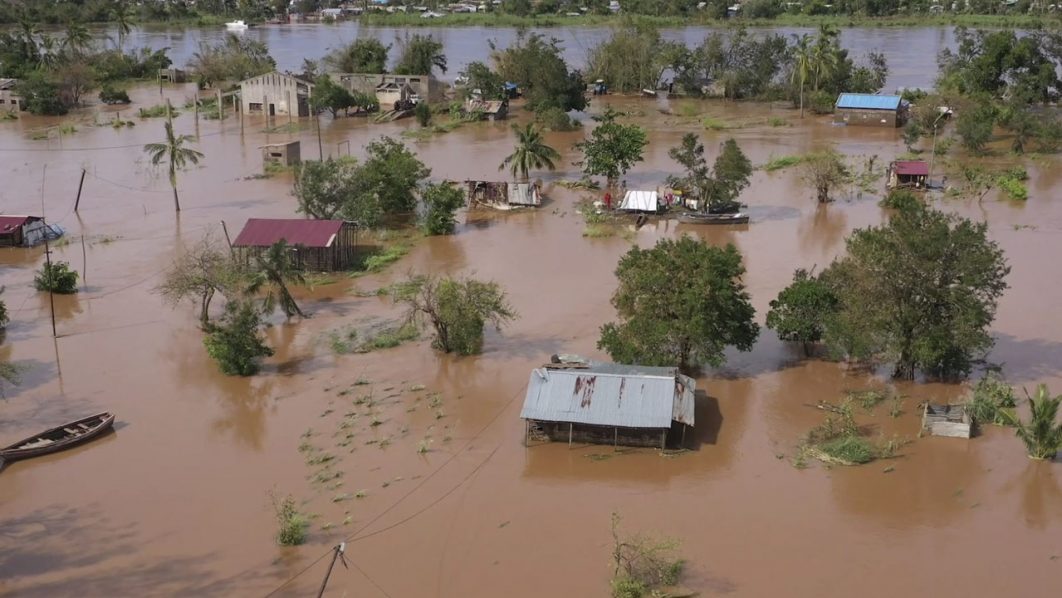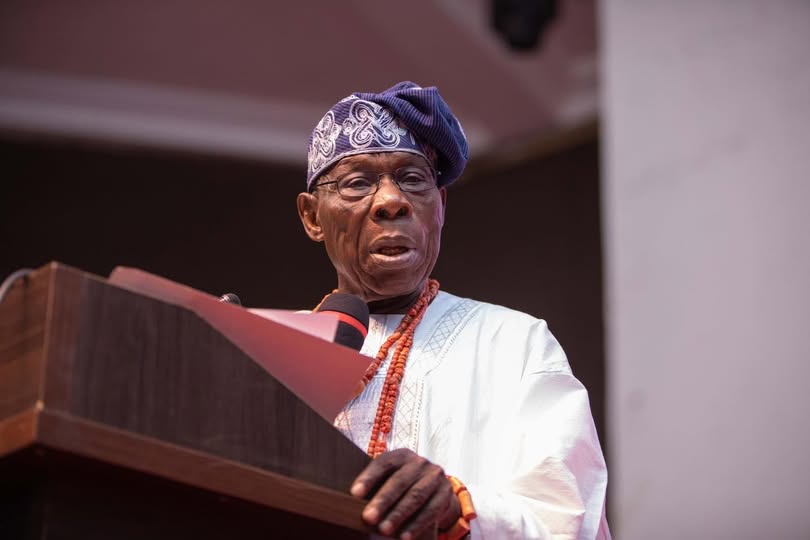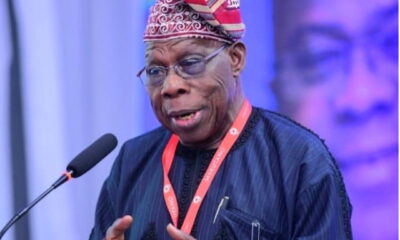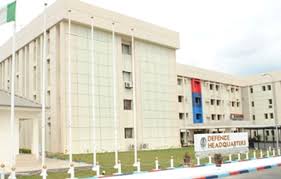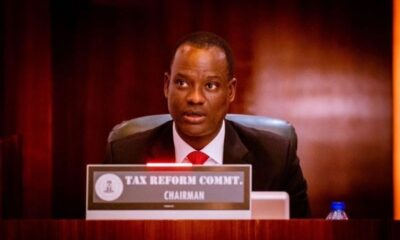Retired senior military officers have stated that internal compromises, infiltration, and weak enforcement of security laws are sabotaging the country’s war against banditry and terrorism.
The former military personnel said some officers in the armed forces were working against the system.
They spoke amid growing public concern that breaches within the security services may be driving a resurgence of terror attacks across the country in recent months.
On Wednesday, former Deputy Speaker of the House of Representatives, Idris Wase, revealed that suspected Boko Haram members and other criminal elements were once found on the recruitment lists of the Nigerian Army and the police.
In Kebbi State, bandits who abducted dozens of schoolgirls struck less than 30 minutes after troops were withdrawn from the school, a development that has prompted public outrage and demands to identify the officer who ordered the withdrawal.
Speaking with Saturday PUNCH, former Troop Commander in the Nigerian Army and immediate past Director of ICT at the Army Signals Headquarters, Gen Peter Aro (retd.), said recent revelations showed that infiltration of the security forces had become an inevitable consequence of a weakened system.
“These developments strongly suggest that Nigeria’s security architecture is grappling with internal compromises that can no longer be dismissed as coincidence,” he said.
Aro added that recruitment should be governed by merit, profiling, and deep vetting, lamenting that political godfathers routinely push candidates forward, bypassing security checks and weakening the integrity of the forces.
Aro said the disclosure that Boko Haram suspects appeared on Army and police recruitment lists showed how deeply “Nigeria’s security gateways have been compromised.”
He also criticised the moral contradictions in the country’s handling of public figures, who downplay the crimes of armed groups, warning that such mixed messaging damages national cohesion.
Aro linked operational lapses to possible insider collusion, citing the Kebbi school abduction.
He said, “Nigerians understand timing, and they understand patterns. Such precision is rarely accidental. It raises legitimate questions about whether insiders leaked information or deliberately created a security vacuum.”
The ex-general added that troop withdrawals in conflict zones couldn’t be dismissed as routine mistakes, saying, “In a conflict zone, unexplained troop movement is never a clerical oversight; it is often a marker of internal compromise.”
While noting that moles thrive because the country has failed to treat national security as sacred, Aro said, “The deeper tragedy is that these moles are not appearing by chance; they are the result of a permissive political culture.
“Until Nigeria draws firm moral lines and seals the cracks inside its own institutions, the enemy outside will continue to find willing accomplices within.”
He also faulted the Federal Government’s increasing reliance on negotiations to secure the release of abducted victims.
“These things have become a business in Nigeria. Until we address the internal compromises and strengthen our security institutions, we will keep creating incentives for more abductions,” he added.
Similarly, former commander of the Osun State Amotekun Corps, Brig. Gen. Bashir Adewinbi (retd.), said recent arrests of security operatives collaborating with gunmen confirmed that saboteurs are undermining the country’s internal security efforts.
He said, “In any organisation, there are moles. You can’t rule out the possibility. I read that a Deputy Commissioner of Police was recently arrested along with some bandits when their enclaves were stormed.
“That shows we need to do more in separating the wheat from the chaff in all the security agencies, not only in the military.”
Adewinbi described the trend as dangerous, recalling the 1980s case of armed robber Lawrence Anini, whose operations were aided by a senior police officer.
He added, “In the days of Anini, DSP Yamu was arrested and he confessed that he was the one backing the criminal. Let’s call a spade a spade. It was confirmed, and the man was eventually executed. How are we sure that many like him are still not in the service till today?”
Adewinbi said such internal sabotage was weakening Nigeria’s anti-terror fight.
“We need to face reality and do the needful to make sure we don’t deceive ourselves in this country. People should be held responsible and accountable,” he said.
The former general also faulted the government for failing to enforce laws meant to reform the security system.
He argued that even though there are laws in the country, not all of them are efficiently enforced in a way that can deter criminality.
During the plenary on Wednesday, members of the House of Representatives had faulted the Federal Government for negotiating with bandits to secure the release of 24 students abducted from Government Girls Comprehensive Secondary School, Maga, in Kebbi State.
The lawmakers, under the coalition “House to the Rescue,” said the government’s engagement with kidnappers, disclosed by President Bola Tinubu’s aide, Mr Bayo Onanuga, amounted to a betrayal of Nigerians and undermined national security.
Backing the Federal Government’s non-kinetic strategy, Adewinbi said ransom-driven negotiations have turned kidnapping into a lucrative criminal business.
“These things would have stopped in Nigeria, but people see it as a way of making money. It is now a business,” he said.
While acknowledging the emotional pressure on families of abducted victims, he insisted that prevention remains the only sustainable solution.
“The only thing is to prevent kidnapping. Once a kidnap occurs, we have no choice but to dance to their tune,” he added.
punch.ng
FOLLOW US ON:

